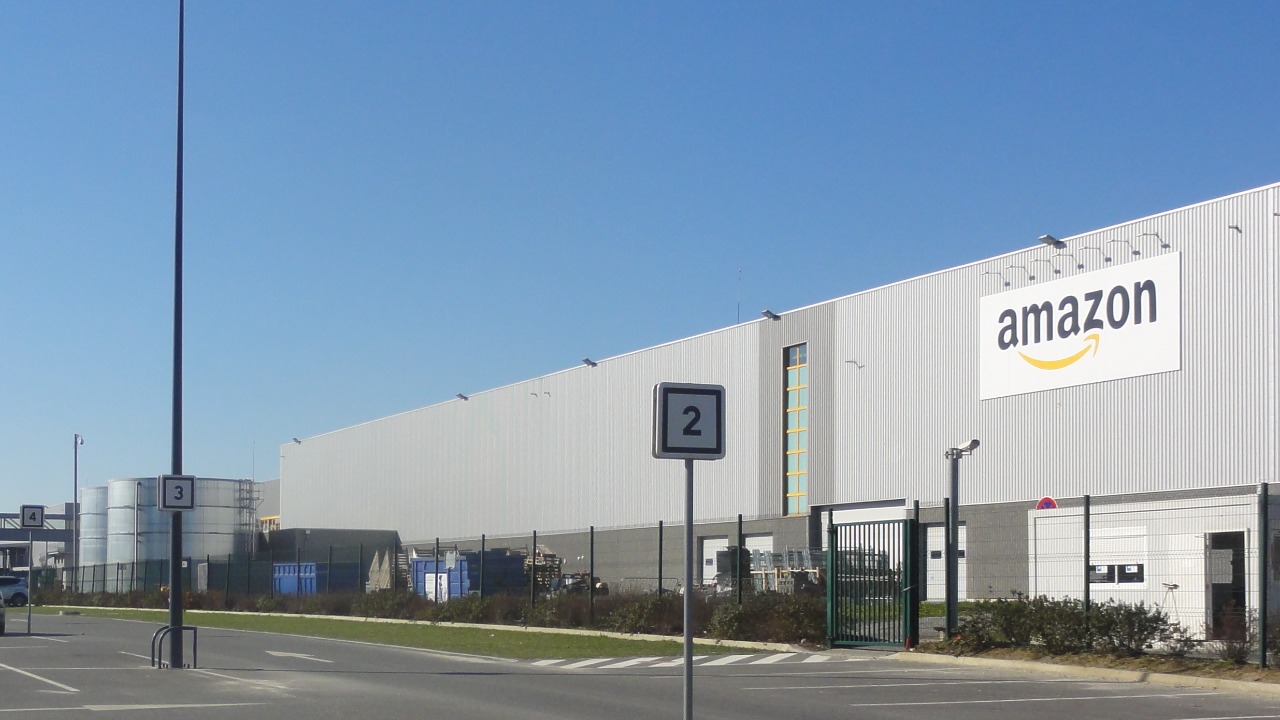
Amazon, the e-commerce giant, is reportedly preparing for another wave of massive layoffs among its workforce, even as it commits billions of dollars to advance its artificial intelligence initiatives. This strategic pivot, highlighted in recent reporting, underscores the tension between technological investment and workforce stability at one of the world’s largest companies. The development reflects Amazon’s focus on AI as a key driver for future growth amid ongoing economic pressures.
Amazon’s AI Investment Strategy
Amazon has pledged billions of dollars to enhance its artificial intelligence capabilities, aiming to integrate these technologies across various divisions. This substantial financial commitment is part of a broader strategy to leverage AI as a long-term growth driver. By embedding machine learning into logistics, cloud services, and customer experiences, Amazon seeks to maintain its competitive edge in a rapidly evolving tech landscape. The company’s leadership views these investments as essential to staying ahead in the market, as indicated by executive statements and internal memos that emphasize the importance of AI for future competitiveness (TechRadar).
Amazon’s focus on AI is not just about enhancing operational efficiency but also about transforming how it interacts with customers and manages its vast supply chain. By investing heavily in AI, Amazon aims to streamline processes, reduce costs, and improve service delivery. This strategic move is seen as a necessary adaptation to the increasing demands of the digital economy, where automation and data-driven decision-making are becoming the norm. The company’s commitment to AI reflects a broader industry trend where technology firms are prioritizing innovation to drive growth and maintain market leadership.
History of Layoffs at Amazon
Amazon’s history of layoffs provides context for the potential new wave of job cuts tied to its AI initiatives. In recent years, the company has undergone several rounds of significant workforce reductions, particularly affecting corporate and tech roles. These layoffs have often been linked to automation and the integration of new technologies, which have led to the elimination of certain positions. The pattern of layoffs at Amazon suggests a correlation between increased AI investments and staff reductions, as the company seeks to optimize its workforce in line with technological advancements (TechRadar).
Departments most affected by past layoffs include those where automation has already been implemented, such as logistics and customer service. These areas have seen significant changes as Amazon integrates AI to improve efficiency and reduce reliance on human labor. The timing and scale of these layoffs have varied, but they consistently reflect Amazon’s strategic shift towards a more automated and technology-driven business model. This trend highlights the challenges faced by employees in adapting to a rapidly changing work environment where technology increasingly replaces traditional roles.
Implications for Amazon Workers
The potential for more massive layoffs at Amazon raises significant concerns for its employees, particularly those in roles vulnerable to AI automation. Thousands of workers could be affected, leading to uncertainty and anxiety about job security. In response to past layoffs, Amazon has offered support measures such as severance packages and retraining programs to help mitigate the impact on displaced workers. These initiatives aim to provide a safety net for employees transitioning to new roles or industries, although the effectiveness of such measures varies depending on individual circumstances (TechRadar).
Beyond the immediate impact on affected employees, the broader implications for workforce morale and union responses are significant. AI-driven changes have sparked concerns over job security and the future of work, prompting discussions about the need for greater protections and support for workers in an increasingly automated economy. Employee morale may suffer as uncertainty about future layoffs looms, potentially affecting productivity and engagement. Union responses to these developments could also shape the dialogue around labor rights and the ethical considerations of AI in the workplace.
Broader Industry Trends
Amazon’s situation is not unique, as similar AI-related layoffs have been observed across the tech industry. Companies are increasingly turning to automation to reduce costs and enhance efficiency, leading to a sector-wide shift towards prioritizing technology over human labor. This trend is driven by economic factors such as market competition and cost-cutting pressures, which compel firms to allocate substantial resources to AI despite the potential for workforce reductions. The move towards automation reflects a broader industry trend where technological innovation is seen as a key driver of growth and competitiveness (TechRadar).
The implications of these trends extend beyond individual companies, raising questions about the regulatory and ethical dimensions of AI’s role in job displacement. Government scrutiny on the impact of AI on employment is likely to increase as more firms adopt these technologies. Policymakers may need to consider new regulations or frameworks to address the challenges posed by automation, ensuring that the benefits of technological advancement are balanced with the need to protect workers and promote equitable economic growth. As Amazon and other tech giants continue to invest heavily in AI, the conversation around the future of work and the role of technology in society will remain a critical area of focus.